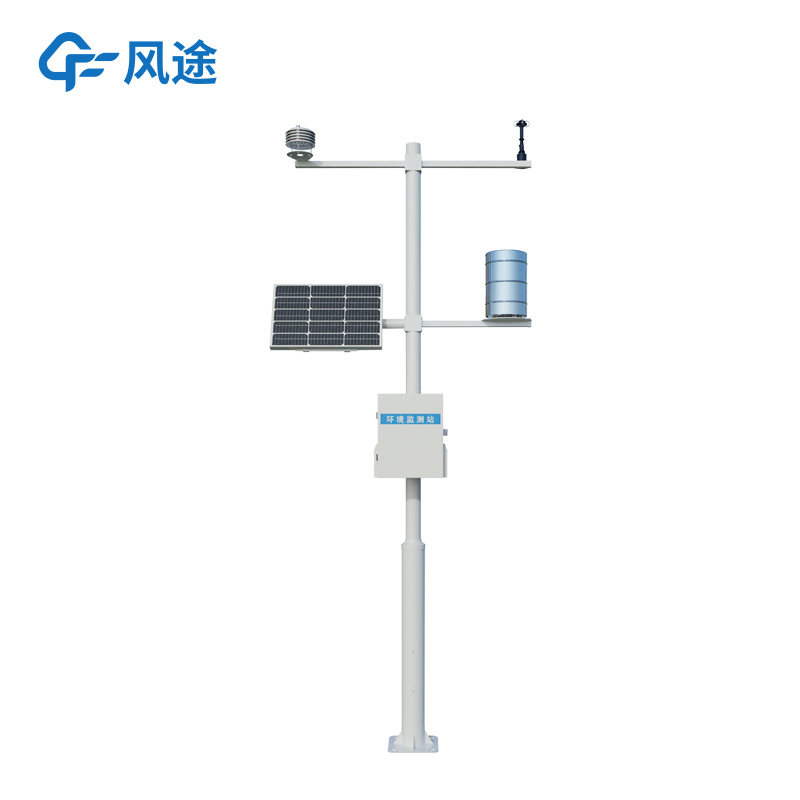Meteorological environment monitoring equipment supplier
Insist on doing high-precision customer favorite technology products
A meteorological observation station is a complex and sophisticated set of equipment. It consists of several key components, with various high-precision sensors at its core. Temperature sensors can accurately measure air temperature; humidity sensors can precisely obtain relative air humidity; barometric pressure sensors are responsible for measuring atmospheric pressure; wind speed and direction sensors are used to determine wind force and direction; rainfall sensors record precipitation; radiation sensors monitor the intensity of solar radiation, etc. These sensors monitor changes in meteorological elements. A data logger receives signals from the sensors, processes and stores the data. The power supply system ensures the continuous operation of the automatic weather station in various environments. Common setups include solar power with storage batteries, which allows normal operation even on cloudy/rainy days or in the absence of sunlight. Additionally, it can also be connected to municipal power supplies. The communication module enables remote data transmission, sending the collected data to a data center or cloud platform. Automatic weather stations are designed to be lightning-proof, dust-proof, and waterproof, enabling them to adapt to harsh outdoor environments.
The automatic data upload function greatly enhances the timeliness and accuracy of meteorological data. After sensors collect meteorological data, the data logger performs preliminary processing on the data, which is then automatically transmitted to the data center or cloud platform via the communication module using wired networks, wireless networks, or other methods. Compared with traditional manual data collection, automatic data upload avoids errors and data loss caused by human factors. Moreover, it can transmit large amounts of data in real-time within a short period, providing timely and comprehensive data support for meteorological analysis and decision-making.
Meteorological observation stations have promoted the digitization and intelligentization of meteorological monitoring. In terms of digitization, various meteorological data are accurately collected, stored, and transmitted in digital form, building a massive meteorological database. These digital data facilitate efficient management and in-depth analysis. Meteorological workers can use data analysis software to mine massive amounts of data and understand the laws of meteorological changes. At the intelligent level, automatic weather stations can automatically complete data collection, upload, and processing according to preset programs, requiring little manual intervention.
Thanks to the automatic data upload function, meteorological observation stations have driven meteorological monitoring towards digitization and intelligentization, and are widely used in fields such as weather forecasting, agriculture, transportation, environmental protection, and scientific research.
